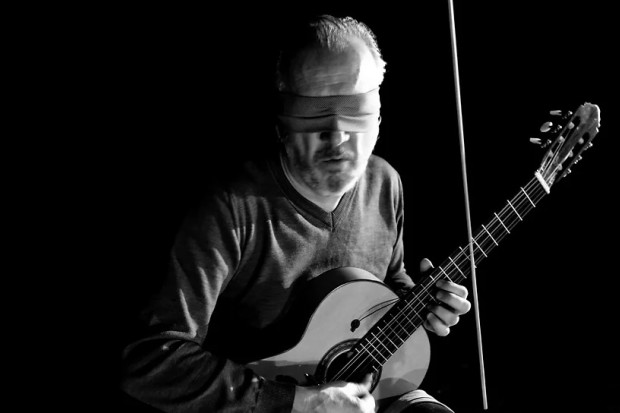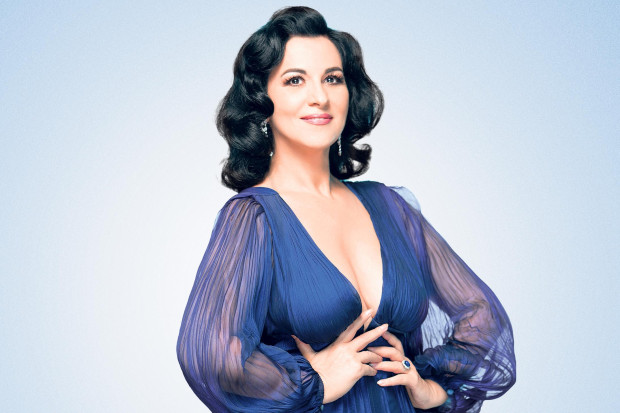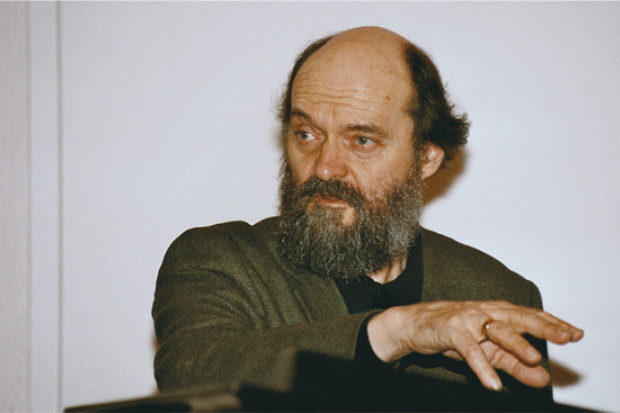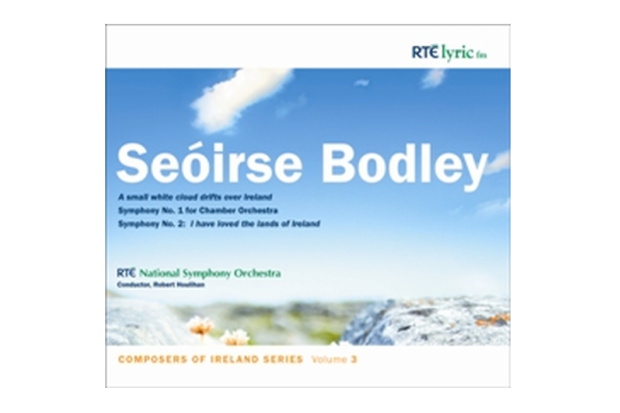
Frank Corcoran
My Music is A Four-Letter Word ('Ceol')
Who killed classical music?[1] I’m not sure if it matters. Will concertgoing as we know it cease to exist?[2] Possibly. What global public is waiting out there to enjoy the mass of DVDs exclusively alone in their lonely living-room? Will Vivaldi or Nancarrow shares go up?
These are all solid questions for the sociology of music and its near-cousin, music-management, but in composing I have to work with the ‘Borrisokane Transcendental Theory of Truth’: a good piece of music is good whether it has been heard, judged good, or not, by X or X-plus-six-and-a-quarter-million listeners; whether it ever will be heard by anyone in this or any other galaxy; whether it will even be performed or not. Big claim. I have to believe. I do.
I think I was into obscure Borrisokane Platonism in the early seventies. The trouble was my formfeeling was a bit shaky (Remember Susan Langer’s Feeling aud Form?). The Chamber-Sonata, which won the first Varming Prize for young Irish composers, had a flower-pot in its percussion department; one flowerpot does not make a Slimmer. My early Sonata for Sring Orchestra grapples with a twelve-tone row as with a great black snake; fetishism about material won’t get you far. The Medieval Irish Epigrammes for the RTÉ Singers was propelled by terse, haiku-like master-verses; vocal composition is a help for a young composer.
Tipperary Transcendentalism will only do if the piece is well made; form, content, and sean and nua all meshing. For the Sligo Festival in November 2000 I had the satisfaction of programming another ‘early’ composition (Borrisokane composers mature slowly), my Cuig Liric de Chuid Gabriel Rosellsrock for soprano – Judith Mok, the wonderful soprano from Amsterdam, learned the Rosenstock texts tré Gaeilge – yes, it did capture barographically the surge and loop of the lines.
For my Horizons Concert with the National Symphony Orchestra and the Boston conductor Richard Pillman in January of this year in the National Concert Hall, I planned in as the first work the Three Pieces for Orchestra: Pictures from My Exhibition. Yes, their expanding shapes do work; two minutes, four, six. The music is about itself. Forget the composer’s breakfast, mistress, death, bank-account, experiences as a youthful resistance fighter, etc. Ccrtainly, they’re all there too. But first and foremost my Second Symphony has to be about itself, about its parts and their relationship with the whole thing. The autonomy of art is the thing (Ian Wilson’s point in the first issue of the JMI about his composing ‘honouring God’ was interesting, but even this, I am certain, takes second place to music ‘being about itself’).[3]
It got harder as I went along. I’d solve one problem (e.g. the Balthazar’s Dream we cut with primitive, pre-digital equipment at the Electronic Studio of the Technical University in Berlin in 1981 – it doesn’t matter, you hear the guitar music being transformed into bells, sirens, hammer-blows) only to be confronted with the next, for example, how would I even be able to write down the complex rhythms at the beginning of my Second Wind Quintet? What about the tension you get when you ‘grid’ aleatoric music with metrically fixed points? If you have a limited tonal space in a work for four violins – that bottom ‘G’ is the bottom – how are you to keep the registers interesting? Could I coax a last drop of motivic material out of the Third Symphony’s opening? Or take Sweeney’s Vision - it won a premier prix at the 1999 Bourges festival: I was delighted, partly because I’m in no sense an ‘electronic’ composer. It, meaning the giant computer of West German radio, had to ‘win’ everything: Sweeney’s air, wind, light, spume, sorrow, joy, ecstatic temporality, out of the opening wash.
Is the complex battery of percussion I use in my sole American opus, Music for the Book of Kells (1990), already ruined by centuries of use as symbols, cliches, athmosphere? And how to balance the piano? How lying is the composer’s title? (But watch painters and even poets also in this regard … ). I named my ensemble piece (six highly heterogeneous instruments – there you go, another balance problem) for the EXPO 2000 in Hanover last year Sweeney’s Smithereens. Trauerfelder for four percussionists (for ‘my’ Sligo festival I subtitled it, not for nothing, Goirt an Bhróin November 25th 2000) is about ‘suffering’, Jewish and other, in our century. But is it?
Quasi Una Missa was commissioned by West German radio less than two years ago. It’s my electroacoustic answer to Palestrina and John Cage’s Roaratorio: An Irish Circus (Cage insisted on recording the Shannon ducks near my Borrisokane for this brown-bread-mix. As I said, fetishism about your material won’t get you far … ). My Irish circus? About me and Palestrina and Cage? About Stephen Dedalus’s ‘Whrrehee! That’s God? A shout in the street!’? About how to ‘mix’ Aran Islands keening of the fifties with port a’bhéil? I then described it as being about – this preposition is the bane of music aesthetics – two thousand years of transcendental utterances on my Irish island. Could this be an exile’s last craze? You could argue that I am confusing here several conundrums, e.g. word/music, performed/electro-acoustic (like ‘the raw’ and ‘the cooked’ … ), but I’m not. I did a quick whip through the titles of new offerings in the current Gaudeamus Information. What are these saying? Longing for the Lost Harmony, Antidolorosum, Cantata Nr. 6, We Shall Rest, Vertical Thoughts, To Be Led, Tea Not Made (No, I am not making this up … ), Stereotyped Latter-Day Opinion, The Stones Speak Czech, A Sign of the Times, The Fickle Virgin of Seventeen Summers; dare I go on? Well, it’s no worse than what I wrote about my Fourth Symphony: ‘Beauty as medieval light-metaphysics. Dramatic in the sense that nature on Skellig is dramatic: dramatic in pitting sections, energies against each other…’. This is all true. We can all do with a bit of synaesthetic assistance with a title now and again. There’s no harm in maintaining: ‘My Joycepeak Music is the Word made (tonal) Flesh, dwelling amongst us with the myriad associations, Flotow, Mozart, Sweelink and the rest bring to pulsating Leopold Bloom, a metaphor of human inner life.’
It must be my Puckane Platonism that is pleading here for an autonomy of music. Even if this is an increasingly harder idea to market to even well-disposed hearers of art-music today. Music is about itself. Add to that Tipperary Transcendentalism, ‘good music is good, even if … ‘. The heady mixture is not likely to get me many votes. But I believe. Credo. I have to. An art-work is art. My newest piece, the Third Wind-Quartet, also has the subtitle Sweeney’s Wind-Cries. This is maybe a help to the exploring audience. But it is not the whole story. This work is wind. The big artists-in-sound of my time and times, from Lutoslawski to Ligeti, show by their example a morality of our branch. A noble ethics. If I let this slip, the resulting work will unnerve me on my death-bed. It should.
Irish composers, learn your trade, sing whatever is well-made, texture and line and registral colours and spectral mix and aleatory and macro-counterpoint and bent line and shaped musical form and spin and thrust and wallop. Gyres run on. They must. Music, too.
Editor’s Notes:
I. Roger Doyle, ‘Death of a Medium’ (JMI Vol. I No. I).
2. John McLachlan, ‘Death of the Concert?’ (JMI Vol. I No. I).
3. Ian Wilson, ‘The Composer as Prophet?’ (JMI Vol. I No. I).
–
First published in JMI: The Journal of Music in Ireland, Vol. 1 No. 3 (March–April 2001), pp. 18–19.
Published on 1 March 2001
Since 1983 Frank Corcoran has been Professor of Composition and Theory in the Staatliche Hochschule für Musik und Darstellende Kunst, Hamburg. His CDs include Mad Sweeney (BBM 1026) and Symphonies Nos. 2, 3, & 4 (Marco Polo 8.225107).Frank Corcoran is guest composer and artistic director at the Sligo Contemporary Music Festival, full details of which appear on the back cover of The JMI. Since 1983 Frank Corcoran has been professor of composition and theory in the Staatliche Hochschule fur Musik und darstellende Kunst, Hamburg. His CDs include Mad Sweeney (BBM 1026) and Symphonies Nos. 2,3 & 4 (Marco Polo 8.225107)

















